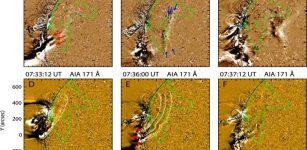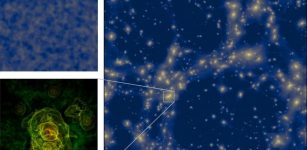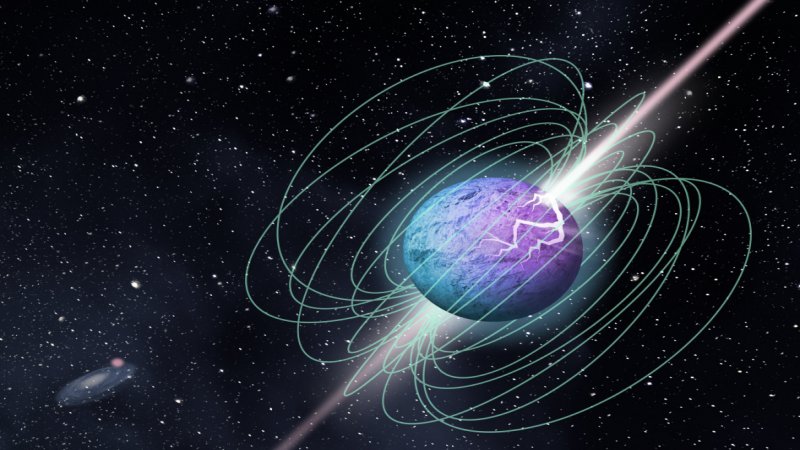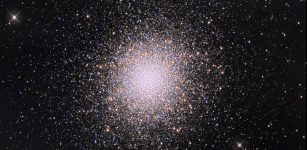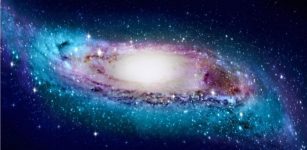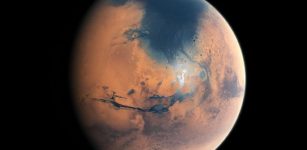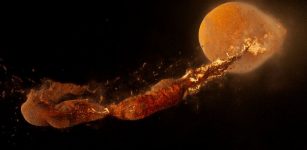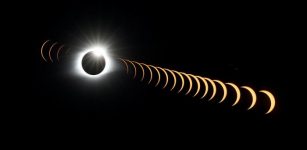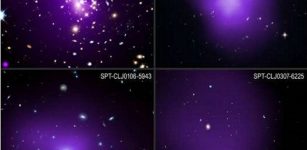At Least 300 Million Potentially Habitable Worlds Exist In Milky Way
Eddie Gonzales Jr. – MessageToEagle.com – About half the stars similar in temperature to our Sun could have a rocky planet capable of supporting liquid water on its surface, according to new research.
Our galaxy holds at least an estimated 300 million of these potentially habitable worlds.
 Kepler-186f, the first validated Earth-size planet to orbit a distant star in the habitable zone. Credit: NASA Ames/JPL-Caltech/T. Pyle
Kepler-186f, the first validated Earth-size planet to orbit a distant star in the habitable zone. Credit: NASA Ames/JPL-Caltech/T. Pyle
Some of these exoplanets could even be our interstellar neighbors, with at least four potentially within 30 light-years of our Sun and the closest likely to be at most about 20 light-years from us. These are the minimum numbers of such planets based on the most conservative estimate that 7% of Sun-like stars host such worlds.
However, at the average expected rate of 50%, there could be many more.
“Kepler already told us there were billions of planets, but now we know a good chunk of those planets might be rocky and habitable,” said the lead author Steve Bryson, a researcher at NASA’s Ames Research Center in California’s Silicon Valley.
“Though this result is far from a final value, and water on a planet’s surface is only one of many factors to support life, it’s extremely exciting that we calculated these worlds are this common with such high confidence and precision.”
For the purposes of calculating this occurrence rate, the team looked at exoplanets between a radius of 0.5 and 1.5 times that of Earth’s, narrowing in on planets that are most likely rocky. They also focused on stars similar to our Sun in age and temperature, plus or minus up to 1,500 degrees Fahrenheit.
That’s a wide range of different stars, each with its own particular properties impacting whether the rocky planets in its orbit are capable of supporting liquid water. These complexities are partly why it is so difficult to calculate how many potentially habitable planets are out there, especially when even our most powerful telescopes can just barely detect these small planets.
This new finding provides a more complete understanding of whether or not a given planet might be capable of supporting liquid water, and potentially life.
“We always knew defining habitability simply in terms of a planet’s physical distance from a star, so that it’s not too hot or cold, left us making a lot of assumptions,” said Ravi Kopparapu, an author on the paper and a scientist at NASA’s Goddard Space Flight Center in Greenbelt, Maryland. “Gaia’s data on stars allowed us to look at these planets and their stars in an entirely new way.”
Gaia provided information about the amount of energy that falls on a planet from its host star based on a star’s flux, or the total amount of energy that is emitted in a certain area over a certain time.
“Not every star is alike,” said Kopparapu. “And neither is every planet.”
Using a conservative estimate of the atmosphere’s effect, the researchers estimated an occurrence rate of about 50% — that is, about half of Sun-like stars have rocky planets capable of hosting liquid water on their surfaces. An alternative optimistic definition of the habitable zone estimates about 75%.
“Knowing how common different kinds of planets are is extremely valuable for the design of upcoming exoplanet-finding missions,” said co-author Michelle Kunimoto, adding that “surveys aimed at small, potentially habitable planets around Sun-like stars will depend on results like these to maximize their chance of success.”
Written by Eddie Gonzales Jr. – MessageToEagle.com Staff

